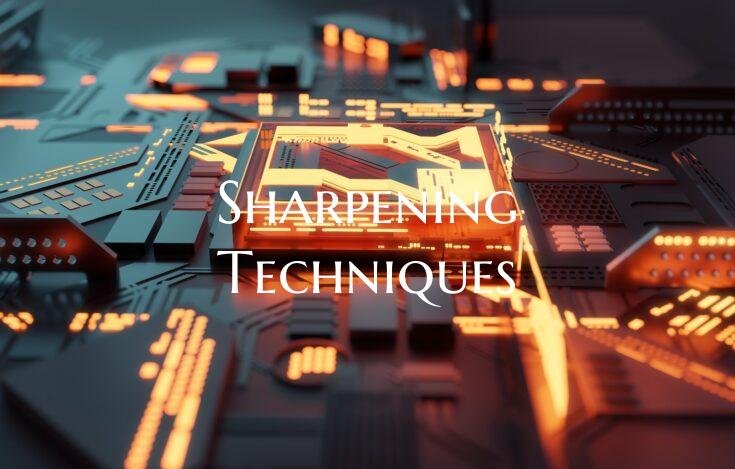Sharpening Techniques
Introduction: Sharpening techniques are essential skills for anyone who values precision and keenness in their tools. Whether you're a chef looking to slice through ingredients like butter or a woodworker aiming for clean, crisp cuts, understanding and mastering sharpening methods can make a world of difference in the quality of your work. In this guide, we will delve into various sharpening techniques, tools, and tips to help you achieve razor-sharp results consistently.
Understanding the Basics of Sharpening: Before diving into specific sharpening techniques, it's crucial to comprehend the fundamental concepts behind sharpening. Understanding the principles of metal removal, angle control, and abrasion will set a solid foundation for honing your sharpening skills. Whether you are sharpening kitchen knives, woodworking chisels, or gardening tools, knowing how to properly grind and polish the edge will determine the sharpness and longevity of your blade.
Sharpening Tools and Equipment: Having the right tools for the job can make all the difference when it comes to sharpening. From sharpening stones and honing rods to electric sharpeners and guided systems, there is a wide range of equipment available to cater to different needs and skill levels. We will explore the pros and cons of each type of sharpening tool, helping you choose the best option for your specific requirements.
Popular Sharpening Techniques: 1. Whetstone Sharpening: The traditional method of using sharpening stones involves a series of grits to gradually refine the blade's edge. We will discuss the importance of selecting the correct grit sequence and mastering the technique of maintaining consistent angles for optimal results.
2. Honing Rod Technique: Ideal for quick touch-ups, honing rods are a convenient tool for keeping your blades in top condition between more comprehensive sharpening sessions. We will demonstrate the proper technique for using honing rods effectively.
3. Sharpening Jigs and Guided Systems: For those who prefer a more precise and foolproof approach to sharpening, jigs and guided systems offer consistent results by controlling the blade angle during sharpening. We will explain how to use these tools for achieving razor-sharp edges with ease.
Tips for Sharpening Success: - Regular maintenance: Consistent sharpening is key to preserving the sharpness of your blades. Develop a sharpening routine based on the frequency of use and the type of cutting tasks you perform. - Angle consistency: Maintaining a consistent sharpening angle is crucial for achieving a uniform edge. Practice and proper technique will help you master this skill over time. - Test the sharpness: Always test the sharpness of your blade after sharpening to ensure that it meets your cutting needs. A sharp blade should effortlessly slice through paper or glide through food with ease.
Conclusion: Mastering sharpening techniques is a rewarding journey that enhances not only the performance of your tools but also your overall efficiency and enjoyment in various tasks. By understanding the basics, investing in the right tools, and practicing effective sharpening methods, you can consistently achieve razor-sharp results that elevate your craft to new levels of precision and quality. With dedication and a commitment to honing your skills, you'll soon be sharpening like a pro and reaping the benefits of a finely honed edge.

